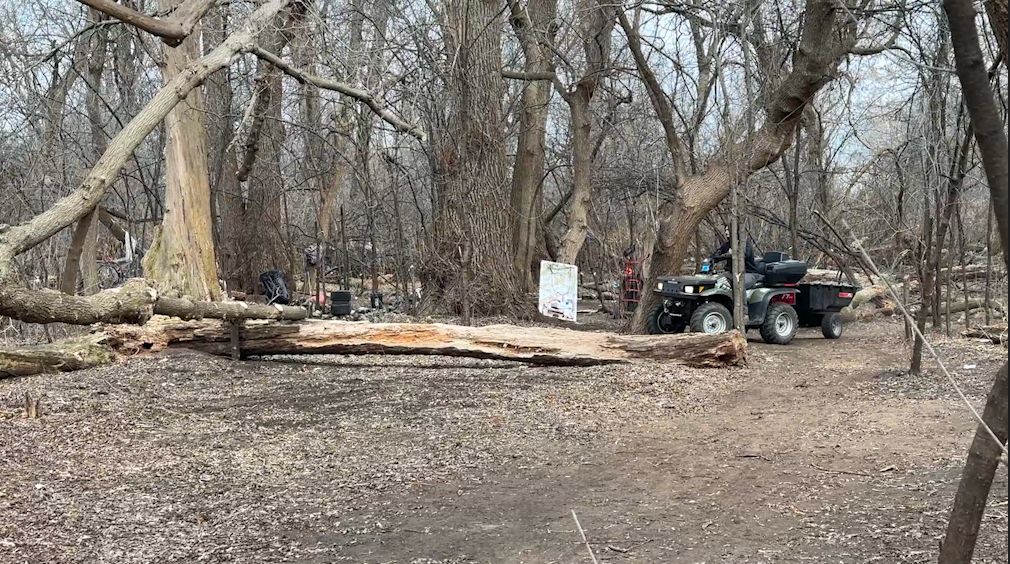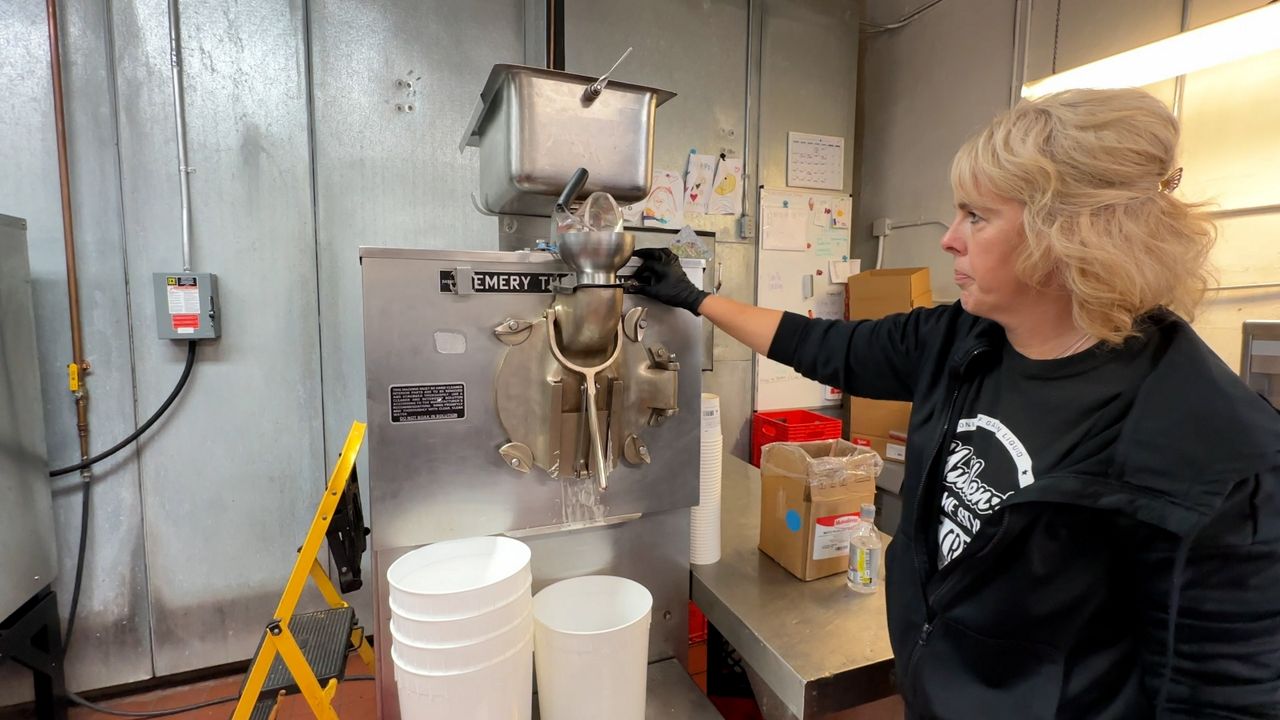MADISON, Wis. — Bringing missing heroes home is the mission of the University of Wisconsin-Madison’s Missing in Action Recovery and Identification Project (UW MIA RIP).
The group is comprised of a team of students, professors and many others who volunteer their time to travel to sites around the globe to find and return the remains of soldiers lost in war.
Spectrum News interviewed the group in 2022 before they returned to Belgium to dig up a World War II crash site. Then, featured them again while they were working in Belgium. Now, two years later, we are sharing their story of success.
Thanks to their work, the remains of U.S. Air Force Staff Sgt. Henry Lee Stevens was recovered and positively identified.
Stevens was killed during World War II when the B-26 Marauder bomber plane he was on went down over Belgium. He was only 23 years old. Because his remains were never found, he was listed as Missing in Action.
Gregg Jamison is the lead archeologist for UW MIA RIP. He helped lead the dig in rural Belgium that ultimately led to the identification of Stevens’ remains, nearly 80 years after his death.
“Personally, it makes me feel overwhelmed with joy,” Jamison said. “Professionally, it is the most challenging and rewarding thing I have ever done.”
He and his team spent 10 to 12 hours a day digging, researching, and classifying what they found, which included pieces of aircraft and personal belongings. It’s a long, tedious process.
“When we find personal equipment — like these old glasses, and even an old lighter here — that is the kind of evidence that shows crew members went down with the plane,” Jamison said.
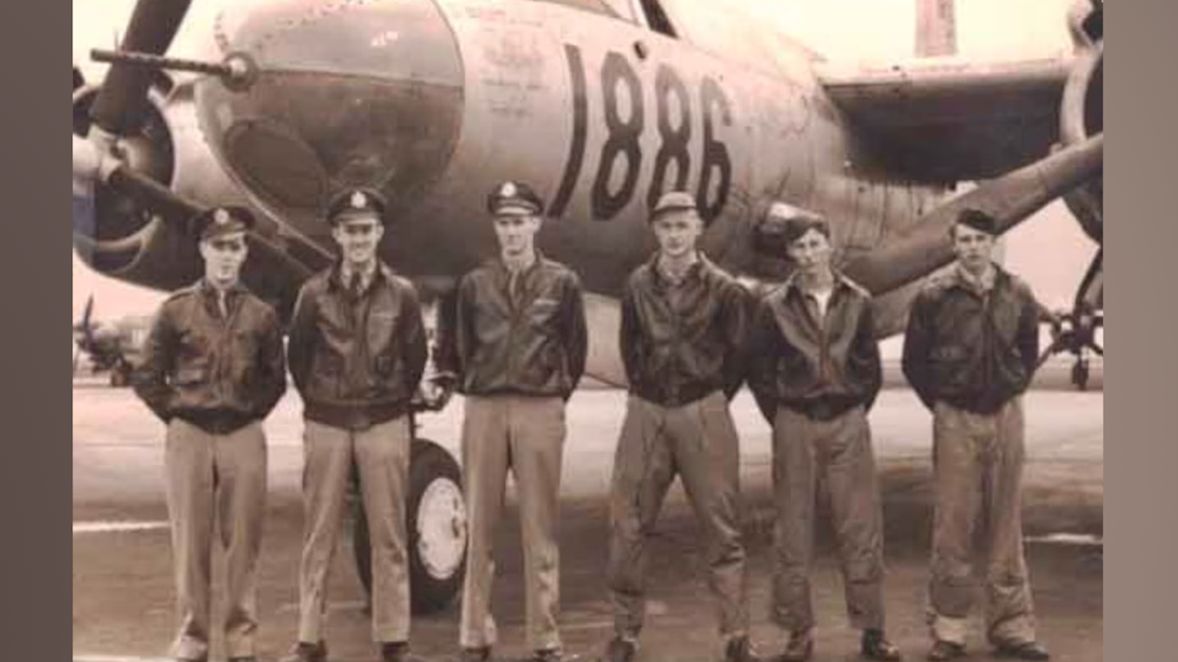
While in Belgium, the team connected with the family who owned the land they were digging on. They talked to men who remember when the plane crashed decades ago. As boys, they had found parts of the aircraft, and kept a box of them. They turned over that box to the researchers.
At the end of the dig, the researchers turned over everything they found to a branch of the Department of Defense, known as the Defense POW/MIA Accounting Agency (DPAA). After testing, the DPAA confirmed a positive identification of Sgt. Stevens.
Chares Konsitzke, director of UW MIA RIP, said this kind of outcome makes the hard work so worth it.
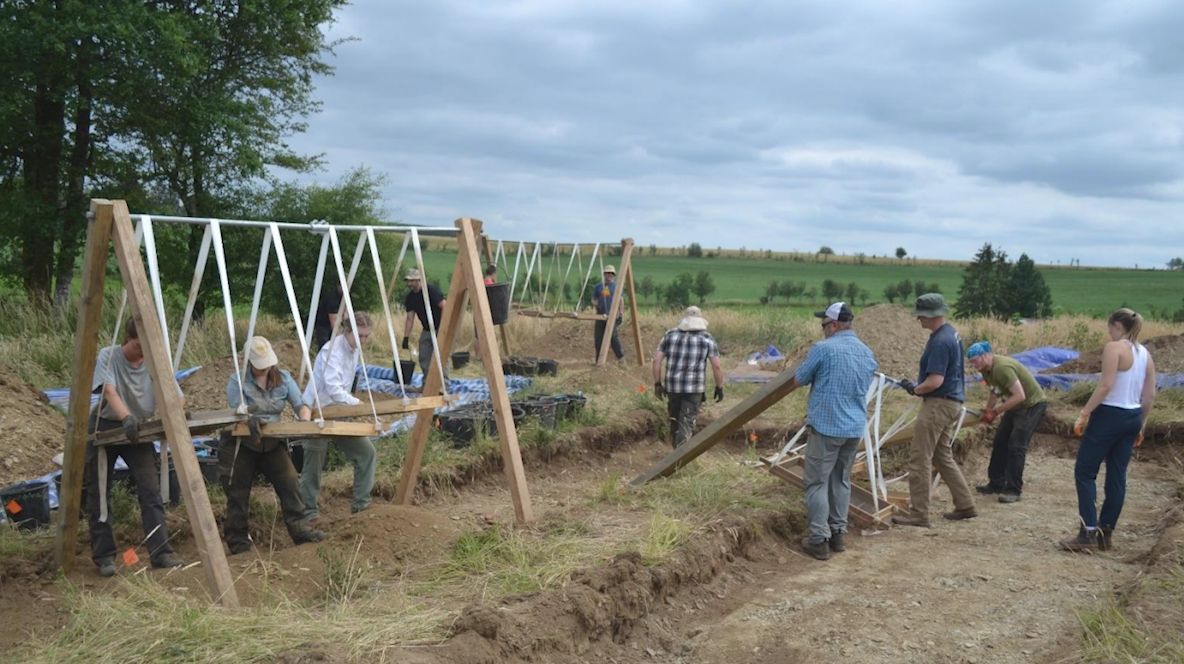
“We’re just here to help with that closure,” Konsitzke said. “Having closure like this is success. It is just rewarding because it alleviates that pain and loss.”
In March, a few members of the UW MIA RIP group traveled to Florida to attend a funeral for Sgt. Stevens, honoring the remains, finally found.
They also met the Sergeant's only child, Daisy. She was just 18 months old when her father left to serve in World War II.
Timothy Zadalis, a U.S. veteran and board member with UW MIA RIP, presented Daisy with an American flag.
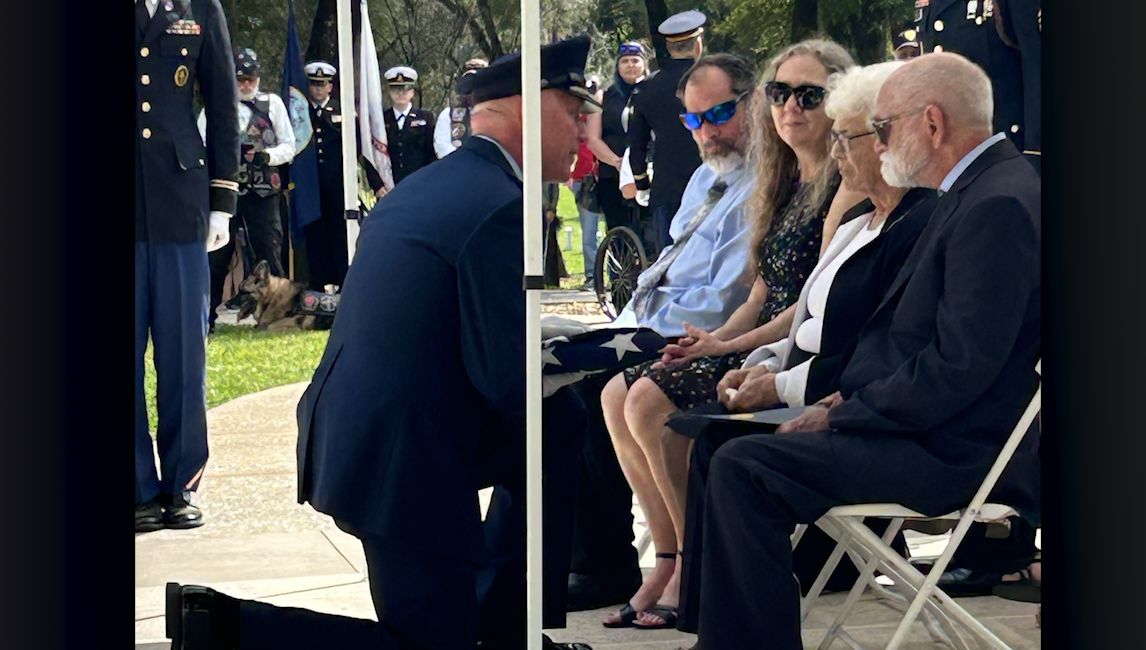
“To be able to keep a promise to a family, to leave no one behind, and to help them close a very tough chapter in their life was an absolutely amazing experience for me personally,” Zadalis said. “And for the hundreds who showed up for the funeral, and the thousands who lined the road as we proceeded to the national cemetery.”
The group is proud to have brought another U.S. Airman, who paid the ultimate sacrifice, home for good.
“I think any one of the nearly 60 people who worked on this over three years will tell you, finding out it was a successful mission is an indescribable feeling of joy, relief, and pride,” Jamison said.
Sgt. Stevens is the fourth Missing in Action military member that UW MIA RIP has been able to locate and identify.






